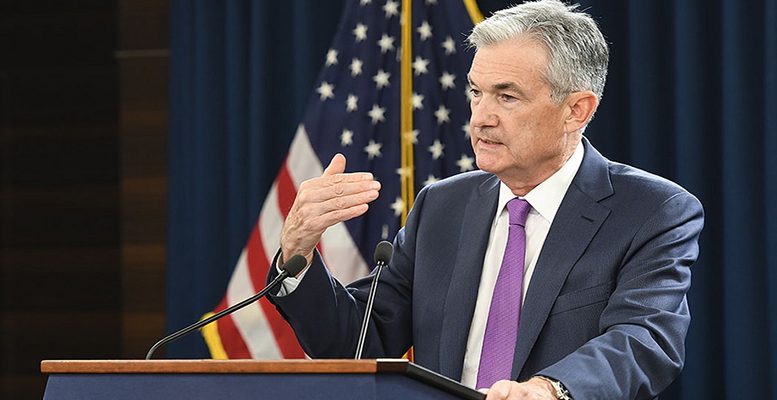J.P. Marín-Arrese|Skyrocketing prices confront central bankers with a challenging dilemma. Their sacred duty to preserve stability forces them to take vigorous action to curb inflation. Yet, they are conscious that tightening the monetary stance will fail to put on hold the current supply shock. Worse still, only by pulling hard on the hand brake coulld they stop short prices from escalating. A move that would come at a heavy cost as forcing the economy to a standstill doesn’t seem a palatable option. Stranded in such a hazardous no-man’s land, they resort to hawkish language but carefully refrain from launching a full-fledged attack.
Last year, the Federal Reserve lost precious time playing down the increasing price pressure and disregarded its impact as a short-lived mismatch fuelled by bottlenecks and robust recovery. Only too late did it recognise its gross mistake. Alarm bells rang when salaries started to climb propelled by a tight labour market environment. Leaving aside his previous hesitations, Jerome Powell caved in to pressing demands to raise rates. Even President Biden begged for action, the perspective of losing control of the chambers looming ahead. Main Street voters frustrated by their loss of purchasing power seem likely poised to penalize Democrats. Little do they care the blame should fall on supply chain disruptions.
Jerome Powell surged in January from his fortified trenches to fend off the inflationary bout. In an unprecedented move, he announced the Fed would engage in a rate-hike race starting in March. The markets even discounted a bold half a point hike. A bet hastily abandoned when Russia invaded Ukraine. Retaliation sanctions and wild speculation wreaked havoc on critical commodities adding fuel to the price rally. Yet, the gloomy prospect of a downturn sent shivers down the spine. A modest 25 pb rate adjustment commanded almost unanimous support when decision-making confronted Fed members, only one voice pressed for a more aggressive stance. Right now, uncertainty prevails as spillover effects from the Ukrainian crisis weigh heavily on inflation and growth risks. The Fed will move in the coming months on a case by case basis.
By no means does the current stalemate stand as the only blocking issue. Tightening monetary policy only delivers tangible results if coupled with a sizeable downsize of the Fed’s humongous balance sheet. A move Jerome Powell seems reluctant to make for fear of destabilising the debt market, Yet, as long as a liquidity glut prevails, rate hikes would unduly flatten the yield curve. Streamlining the fat Fed portfolio is critical in order to deliver a restrictive monetary policy.
Subdued growth in the coming months will undoubtedly help to defuse the current pressure. The Fed is keeping its fingers crossed, hoping prices will come back to normal on their own. A scenario that might allow it to raise rates steadily, reaching a target level of around 2.5% by next year. Coupling such a rate boost with a prudent overhaul of assets while preserving full protection for T-bonds might do the trick. Only the risk of second-round inflation would derail that plan imposing further forceful action.
While monetary tightening will contribute on a somewhat limited scope to curb the supply-driven inflation, the Fed will take advantage of the current plight to achieve its longstanding goal of normalising its policy. Every cloud has a silver lining.





